The content of the article
Elevated blood sugar or hyperglycemia is an increase in blood glucose levels above 5.5 mol. Normally, the body must cope with the processing of moderate amounts of sugar, which comes from food. Of course, there are cases when a person consumes glucose in excess of the daily rate. This may be a birthday, New Year's feast, a picnic or tasting confectionery. Then a one-time increase in sugar to 6.6 mol cannot be considered a pathology. But regular elevated blood sugar levels indicate a propensity for the progression of diabetes.
How to determine blood glucose without blood glucose meter
You should look at yourself in the following cases.If at least one of these statements applies to you, immediately find out your blood sugar level.
- Someone from close relatives diagnosed with diabetes. This disease is genetically transmitted. Moreover, not children are more susceptible, but diabetic grandchildren. Parents should take a close look at their child's eating habits. If a 4-5-year-old baby cannot get enough of one portion of food, he often asks for supplements, does not imagine eating food without sweets and desserts, immediately check his blood glucose level.
- You have Alzheimer's. This disease affects the transmission of insulin impulses in the hypothalamus, because the disease affects the functioning of the brain.
- You have excess weight and even obesity. Usually this disease affects people who lead an inactive lifestyle. Exercise, whether jogging, swimming, aerobics, Pilates, gym, help to process carbohydrates, and with them, and sugar. If you are not friends with sports, and the dreams of losing weight remain dreams, think about the level of glucose in the blood.
- Hormonal disorders. Polycystic ovarian tumor, thyroid problems,cyst in the kidney - all this indicates a hormonal failure. In any case, donate blood for the presence of sugar in the nearest clinic.
- You have endless stress at work and in your family. The fact is that during stress, the adrenal cortex secretes the hormones cortisol and adrenaline. They release glucose from the cells. Insulin does not cope with processing such a quantity of unexpectedly appearing glucose, and the level of sugar in the blood rises significantly. Remember, how in an unpleasant situation dries in a mouth and throws in heat? This is all the effect of stress hormones. A one-time situation will not affect the production of insulin. But regular stress may well lead to the development of type 2 diabetes.
- Long or uncontrolled intake of drugs. Especially dangerous are antibiotics, which in large numbers disrupt the pancreas and adrenal glands. It even happens that a person goes to the hospital with bronchitis, and after a month or two he discovers the presence of diabetes.
- Passion for alcohol, tobacco and drugs. It's no secret that smoking kills. But not immediately and not in the literal sense.First, the liver will be “killed”, then the pancreas. Diabetes will be an unpleasant addition to other problems.
- Unhealthy food. Fatty foods, sausages, lard, pasta with stew, a minimum of salads and a lot of sweet - all this provokes the development of hyperglycemia.
What symptoms should alert when high blood sugar
Both men and women experience the same symptoms with elevated blood sugar. These include the following:
- Aggravated thirst. Sometimes healthy people experience this in the morning when they grab a sandwich with sausage for breakfast and drink coffee with sugar. By 10.00 in the morning, there is an acute need for water, a salty plaque appears on the lips. But this phenomenon is unstable, it is enough to start the morning with a glass of fresh clean water, and soon everything returns to normal. People with high blood sugar have a constant thirst. Glucose dehydrates, so a person constantly wants to drink.
- Frequent urging to the toilet. This is associated with item number 1. Excess water must be removed from the body so that intoxication by decomposition products does not occur, and edema does not begin.
- Sharp weight loss (with type 1 diabetes). The beta cells produced by the pancreas begin to be eaten by autoimmune cells, losing the ability to produce insulin. The level of sugar in the blood rises, glucose does not penetrate into the cells, including muscle fibers. The body does not receive nutrition (carbohydrates), and proceeds to the processing of its own muscle and adipose tissue. The same thing happens under stress. The body is attacked by the hormones cortisol and adrenaline from the cells, and the person is literally melting before our eyes. With hyperglycemia, depletion occurs quickly, and at first it may even be good. But after the destruction of fat reserves begins processing muscle protein. And it already takes unhealthy forms. Beautiful female forms disappear, dehydrated skin fades and wrinkles, and the person acquires a clearly unhealthy appearance.
- Sharp weight gain (with type 2 diabetes). This type of diabetes is usually caused by unhealthy diet, overweight, obesity. If a person begins to gain weight (age-related changes), this can be a symptom of excess sugar in the blood.
- The smell of acetone from the mouth and from the body.This peculiar odor appears during the ketone diet. Its essence lies in the consumption of a minimum amount of fat and carbohydrates, so that the body begins to process adipose tissue. But with diabetes, fat oxide occurs regardless of the diet. In addition, a person starts to get a headache, he feels weak and lack of strength.
- Badly heal wounds and cuts. Leukocytes, the main fighters of the body with infection, can not fully function without glucose. Any injury, whether it is a scratch or a bruise, will heal for a long time and slowly, the inflammatory processes are exacerbated, provoking purulent infections (in advanced cases).
- Eyesight deteriorates. Increased sugar changes the structure of the lens of the eye, so diabetes is likely to form glaucoma, cataracts, retinal detachment.
Despite common symptoms for men and women, gender differences also exist. Women and men have their own characteristic symptoms of high sugar:
- Women have itchy skin, and men have early baldness. Metabolic processes are disturbed, sugar crystals penetrate the skin cells, it loses the ability to remove toxins through the pores.The skin becomes uneven, its surface itches and itches. Specific bubbles appear on the arms and legs. Due to the lack of nutrition of the hair follicles, the hair in men falls out in much larger quantities than is required.
- Gynecological problems in women and sexual disorders in men. If the cause of hyperglycemia is hormonal disorders, the woman has parallel problems with gynecology: polycystic ovary, amenorrhea, cervical erosion. In women with diabetes, pregnancy is also unfavorable. Although, knowing their peculiarity and taking measures, a woman with diabetes may well give birth to a healthy baby, and not just one. In men, due to damage to blood vessels and poor blood supply, there is often a lack of erection and even sexual desire.
- In men, diabetes mellitus is accompanied by night urge to urinate, as a result of which one has the impression that he has prostatitis. Women observe an increase in urine excretion, because increased sugar dehydrates.
- Fading skin and the appearance of wrinkles. Again, due to dehydration, the skin loses the necessary moisture.A girl, even at a young age, has flabby and sluggish skin, places of peeling appear on her body, eats dandruff on her head.
How to eat to lower blood sugar
It would seem that in order to reduce sugar in the blood, sweets should be excluded, and glucose levels will return to normal. The less sugar comes from food, the less insulin is required for its absorption by the body. But not everything is so simple. There is such a thing as a glycemic index. It means how much a particular product increases glucose levels when consumed. These are the so-called "fast" carbohydrates, split in a short period of time and deposited in the form of fat deposits on the waist and hips. These products do not feed the body, in fact, they are useless, but, as a rule, appetizing and tasty. Foods with a high glycemic index (GI) include:
- any muffin: rolls, pies, loaves, bagels
- sweet fizzy drinks
- chips, crackers
- honey
- sugar
- mayonnaise
- sweet cherry, melon, watermelon, grapes, banana
- dried dates
- fried and baked potatoes
- rice noodles and rice flour
- canned fruit in syrup
- instant cereals
- popcorn, cornflakes, popped rice
- condensed milk, caramel, muesli
- glazed cheese, sweet curd, halva, milk chocolate
- boiled potatoes, corn starch and potato
All of the above products have a GI of 70% and above. This means that 70% of the carbohydrates in these foods are glucose. From their diet they should be completely excluded. And include those products, GI in which below 40%. Bet on the following:
- dill and parsley
- boiled crayfish, seaweed,
- all fish, including fatty and smoked
- water, tea without sugar, mineral water
- all vegetables without heat treatment
- savory curd, even fat
- turkey fillet, chicken, rabbit
- almost all fruits
- whole grain cereals on water
- ketchup, tomato sauce, tomato juice
- nuts, seeds, olives
In people with diabetes, the beta cells in the pancreas are destroyed, so they need to eat foods rich in zinc. He is involved in the synthesis of insulin, but zinc-containing food should not be taken in conjunction with calcium containing food. Zinc is abundant in liver, eggs, mushrooms, asparagus, young peas, buckwheat, onions, garlic, etc.
Do not forget that the heat treatment of the product significantly increases its GI. So, raw carrots have GI 35 units, and in boiled form it rises already to 85 units. The glycemic index of beets increases in boiled form from 30 to 65 units, potatoes “in uniform” - 60 units, mashed potatoes already 90, in raw beans - 27 units, in canned 75 by adding sugar. But on cabbage nothing affects. It saves GI in 15 units, both raw and boiled or fermented. Just like apples (35 units), fish, seafood, fruits, if they are not preserved.
Homemade recipes against high sugar
Brew sage and drink it several times a day.
Tincture of buds and leaves of lilac. Fill 2 tablespoons of lilac buds with two glasses of water. Let it stand overnight. Then strain and drink throughout the day.
Egg cocktail with lemon. Squeeze the lemon juice, stir it with the egg and drink each time before eating.
There are many ways to reduce blood glucose levels, but prevention is best.Play sports, give up flour and sweet, focus on vegetables and fruits. If glucose indicators are a concern, contact an endocrinologist.
Video: how to lower blood sugar by folk remedies


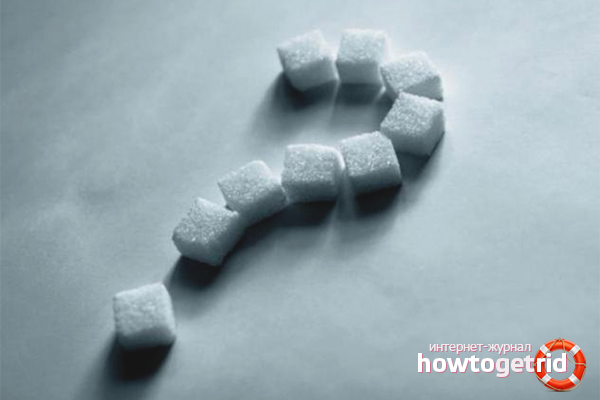
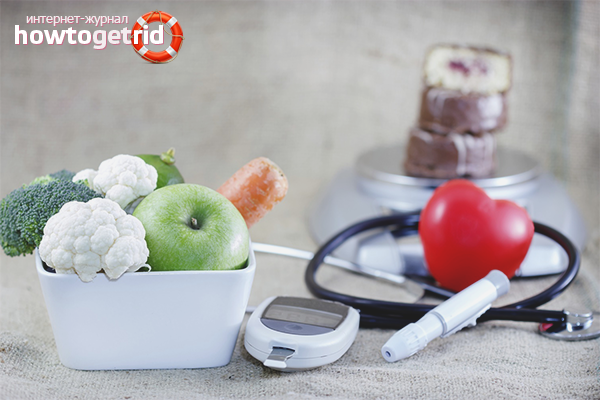

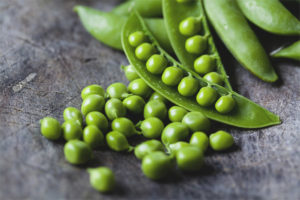
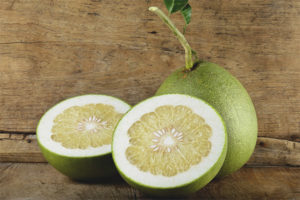
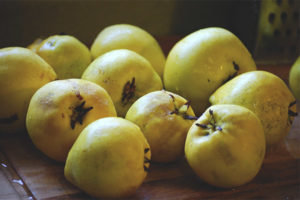


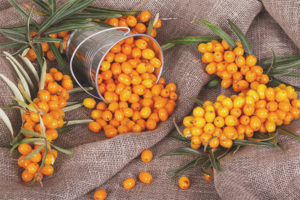
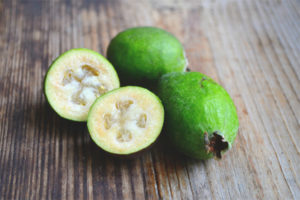
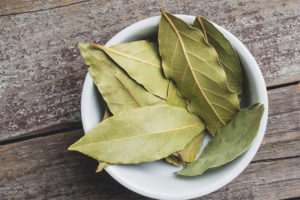
To send